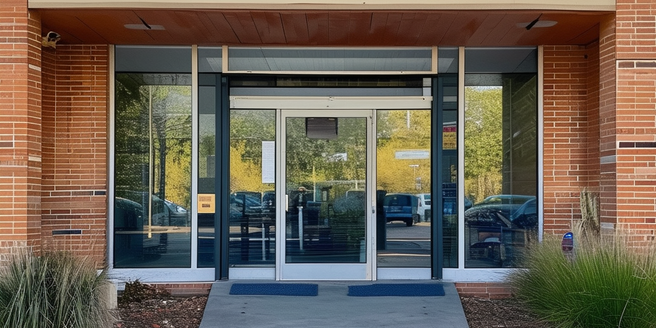The Evolution of Community Resource Centers
Community Resource Centers have come a long way in the past few decades. Originally established as mere spaces for gathering and basic community support, they have evolved to become multifaceted hubs of services and resources. These centers now offer everything from educational programs, healthcare services, job training, and legal assistance. Additionally, they have embraced technology to provide virtual services and online resources. They also provide crucial mental health support through various counseling services. Collaborations with local organizations have further expanded their range of services. The transformation has been driven by a growing recognition of the importance of holistic community support and the integral role these centers play in fostering community resilience and cohesion.
Key Services Offered by Community Resource Centers
Community Resource Centers provide an array of essential services aimed at improving the quality of life for community members. These services include healthcare screenings, mental health support, educational workshops, employment assistance, and legal aid. They also provide family counseling and domestic violence support. Moreover, they frequently host community events to promote social cohesion and engagement. Additionally, these centers often serve as emergency response hubs during crises. By cultivating strong relationships with local organizations, they are able to extend their reach and resources even further. By offering a comprehensive suite of services in one accessible location, Community Resource Centers play a pivotal role in addressing the diverse needs of their communities, thereby fostering a sense of belonging and security among residents.
Impact on Local Communities: Success Stories
The impact of Community Resource Centers on local communities cannot be overstated. Numerous success stories illustrate their transformative effect. For instance, a single mother may find employment through job training programs, while a senior citizen gains access to critical health services. Youth can engage in after-school programs that keep them off the streets and focused on their education. These centers often act as safe havens for individuals who need support and guidance. Volunteers often remark on the profound changes they witness within these centers. These success stories are testament to the vital role these centers play in uplifting individuals and, by extension, the community as a whole, fostering a healthier, more integrated society.
How to Access and Utilize These Resources
Accessing the resources available at Community Resource Centers is straightforward. Most centers operate on a walk-in basis, although some services may require appointments. It is advisable to check the center’s schedule and visit during operating hours. The centers are designed to be user-friendly and accessible to all community members. Whether you need immediate assistance or are looking for long-term support, these centers can cater to a variety of needs. Upon arrival, staff members are typically available to guide visitors through the range of services offered and assist with any specific needs. Many centers also host community events and workshops to further support local residents. Utilizing these resources can significantly improve one’s quality of life by providing support in areas such as health, education, and employment.
Future Trends in Community Resource Centers
Looking ahead, the future of Community Resource Centers appears promising. Trends suggest an increasing integration of technology to enhance service delivery. Virtual consultations, online educational programs, and digital resource directories are becoming more prevalent. These innovations are making services more accessible to a broader audience. Additionally, there is a growing emphasis on sustainability and eco-friendly practices within these centers. By adopting green technologies and sustainable methodologies, these centers can significantly reduce their environmental impact. This shift not only benefits the environment but also serves to educate the community on responsible practices. As community needs evolve, so too will the services provided, ensuring that Community Resource Centers remain indispensable assets in fostering community well-being and resilience.



